Amid a legendary autumn for PC gaming, a team of two developers quietly released one of the best shooters you can play right now into early access
Fortune's Run is pure shooter/immersive sim magic.
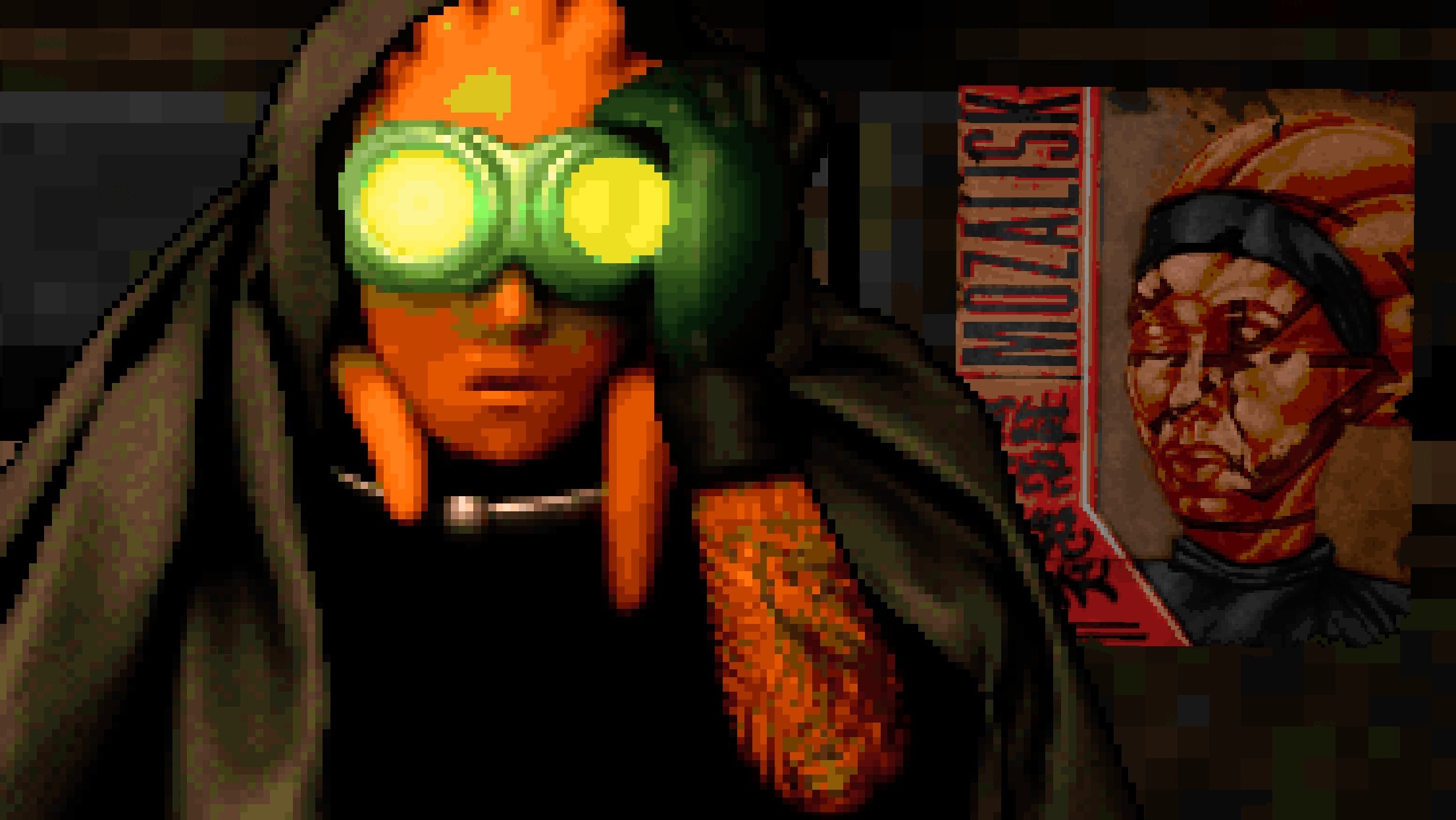
I spent over five hours exploring Fortune's Run's first full level, and I didn't even finish the optional objectives.
"Fully simulated centrifugal gravity space station level" is a promise, one I have to admit I wasn't sure Fortune's Run would deliver on. I wondered how tiny developer Team Fortune could pull off an open-ended, fast-paced stealth/shooter in such a strange and confined space, but by god, they did it.
Fortune's Run's early access is so far just one level, last year's demo, and a blessedly improved tutorial, but that new space station level is a perfect gem of a shooter mission: a massive playground that took me hours to work through and invites diving back in for optional objectives and hidden secrets.
Fortune's Run is a game with that immersive sim, Thief/Deus Ex DNA, but running at 1.5x speed. Instead of methodical crouch walking and nonlethal takedowning (though you can play it that way if you really want), it encourages frantic, speedy, efficient room clearing like a first person Hotline Miami or Superhot stripped of the slow-mo.
You've got a melee combo system focused on depleting enemy stamina through varied attacks (including my favorite: a guard-destroying flying dropkick), and you can deflect enemy projectiles out of the air with well-timed attacks—manageable against laser pistols and shotguns, not so much when you're up against a submachine gunner.
What's here already seems like a small indie miracle.
Protagonist Mozah can't take too many hits, and Fortune's Run encourages breezy, trial-and-error gameplay with quicksaves loading near-instantaneously. It's a game with a high skill ceiling and deep toolbox, including an array of firearms, fisticuffs, dual daggers, cyborg ninja katana, smoke grenades, stun guns, explosives, and environmental hazards like electrical boxes or the space station's highly flammable fertilizer lines for its hydroponic gardens.
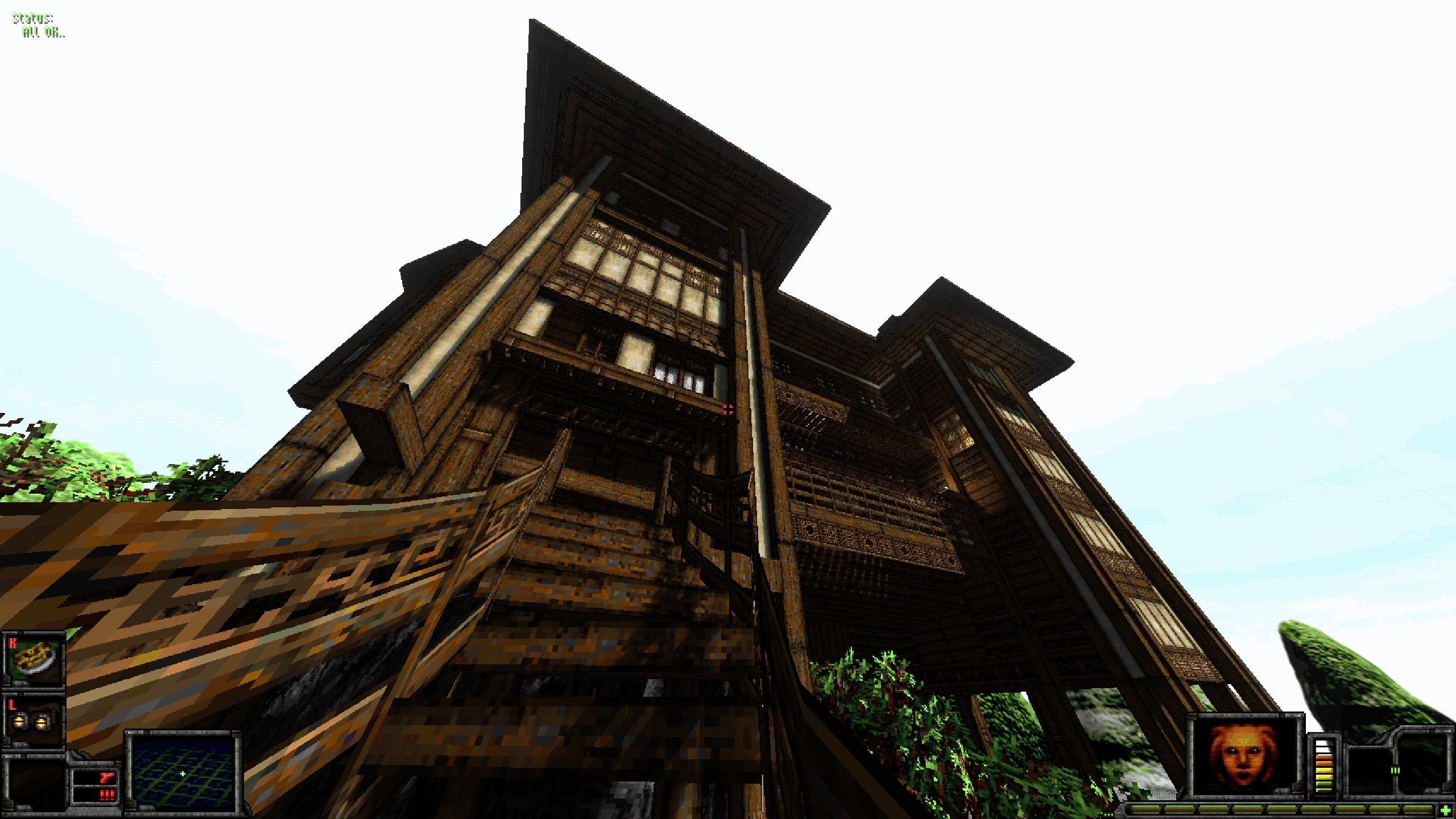

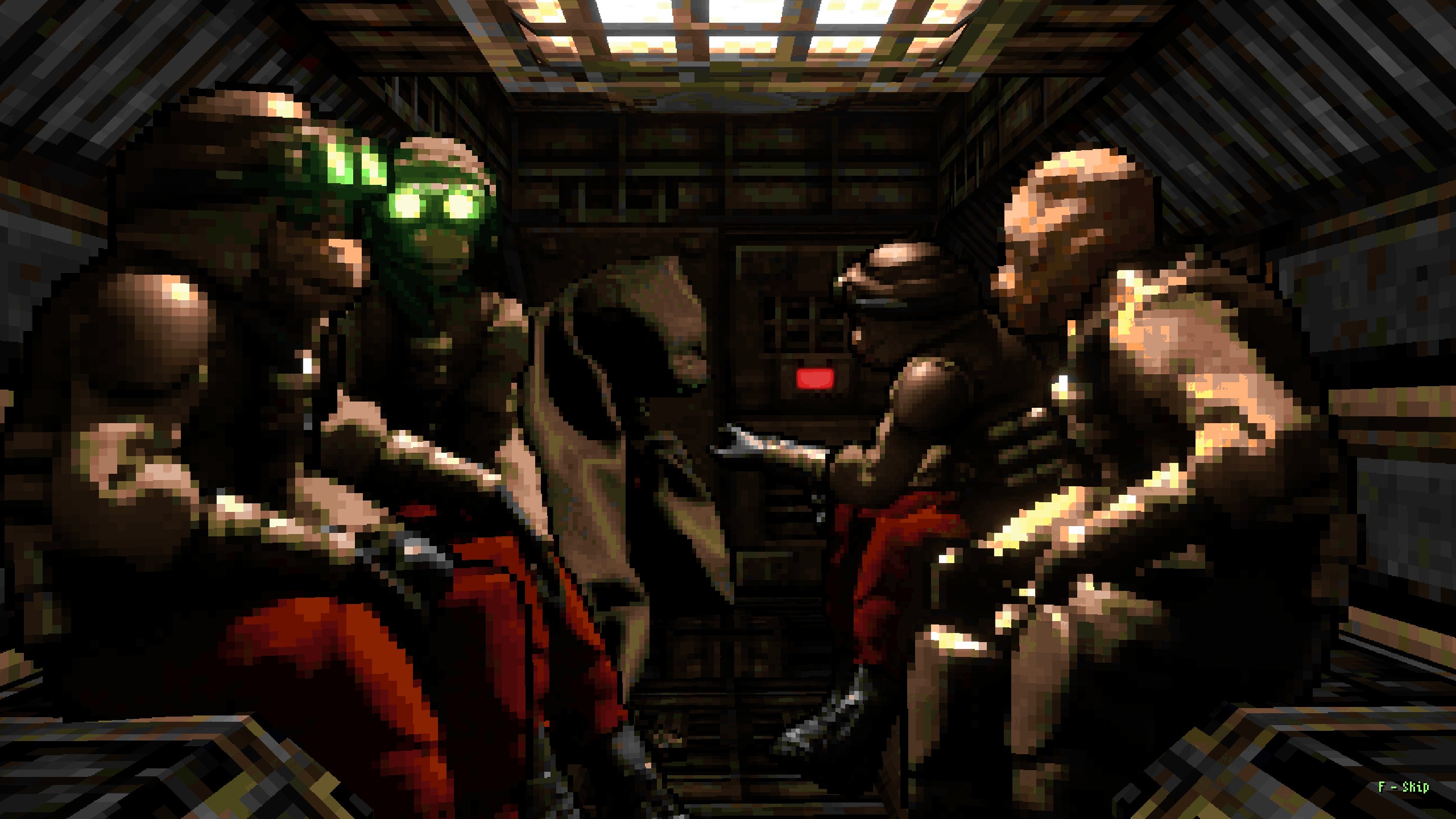
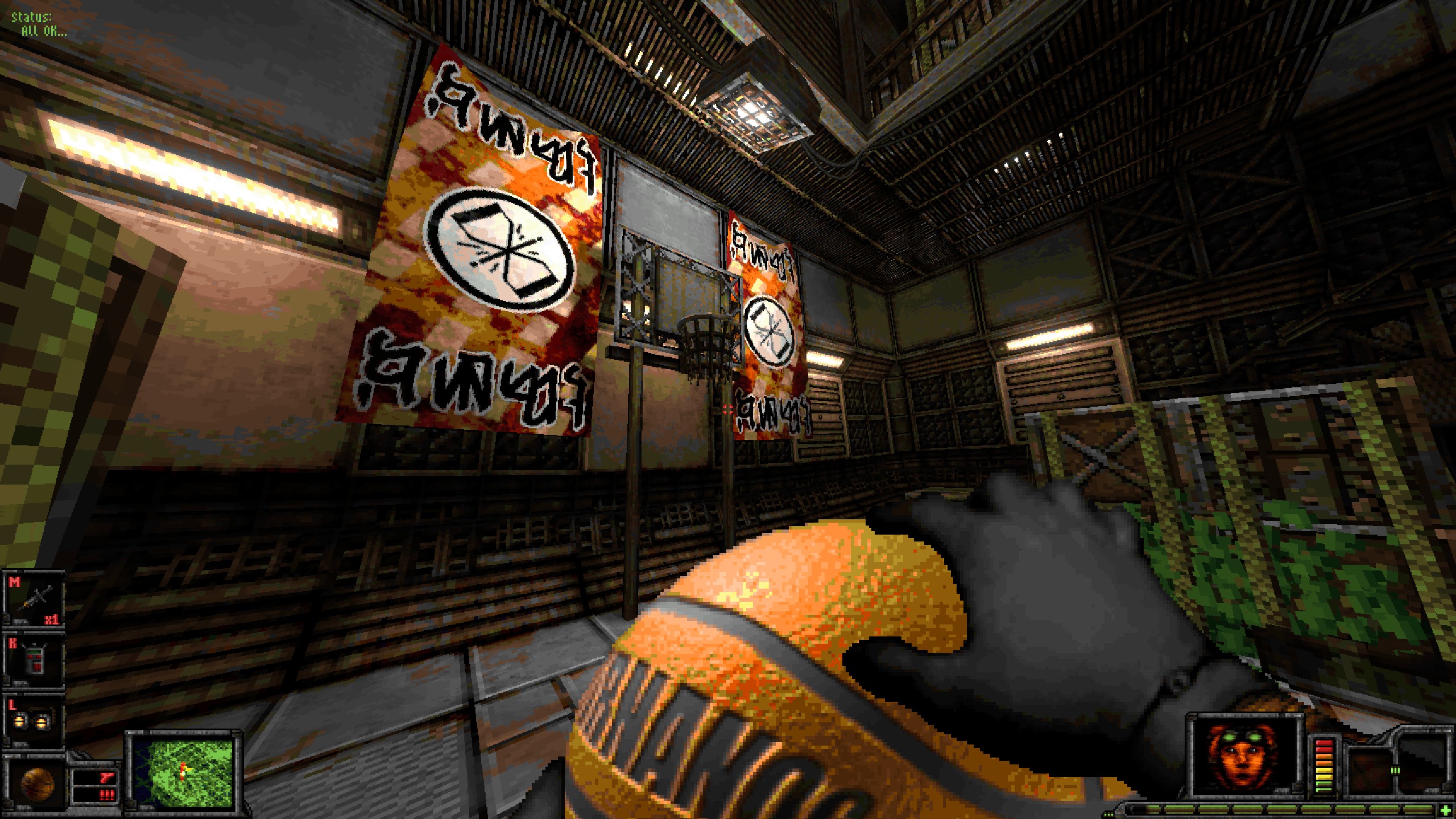
What's here is already worth $20. Fortune's Run's tutorial and first mission have a comparable scope and playtime to the early access launches of genre mates like Gloomwood or Dread Delusion, but with a mission-based structure that makes it easier to jump in, play it incomplete, and then come back once there's more added. And the developers pulled it off without a publisher—Team Fortune's been going it alone.
Keep up to date with the most important stories and the best deals, as picked by the PC Gamer team.
The team, which consists of two primary devs and one contracted occasional collaborator, mentions in its recent content roadmap that "the game has barely sold enough to allow us to live as two people below a single minimum wage for the next year and a half." With the context of what a minuscule budget Team Fortune's been working with, what's here already seems like a small indie miracle, and the space station Pinafore itself is a level design revelation.
Spin Cycle
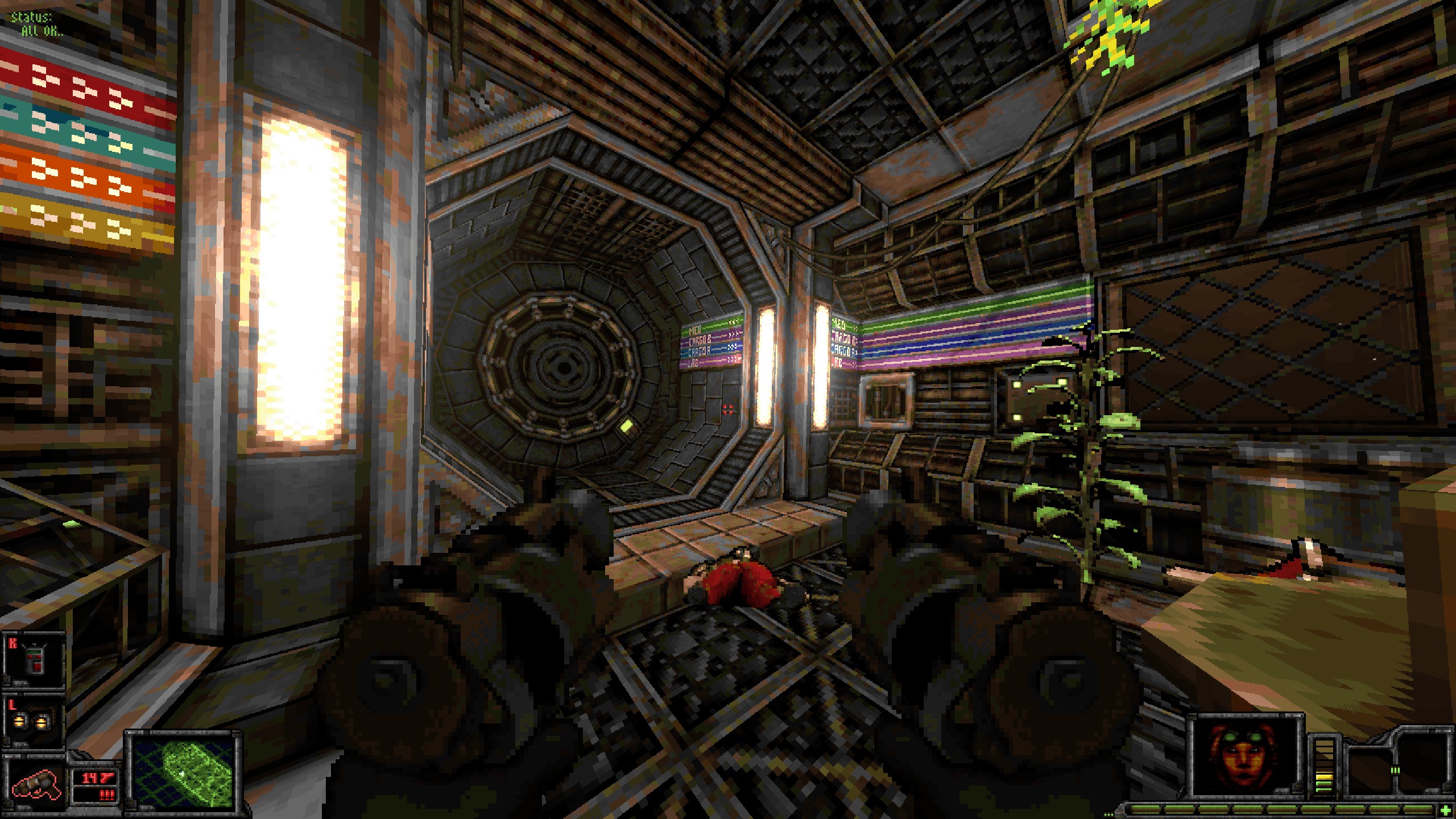
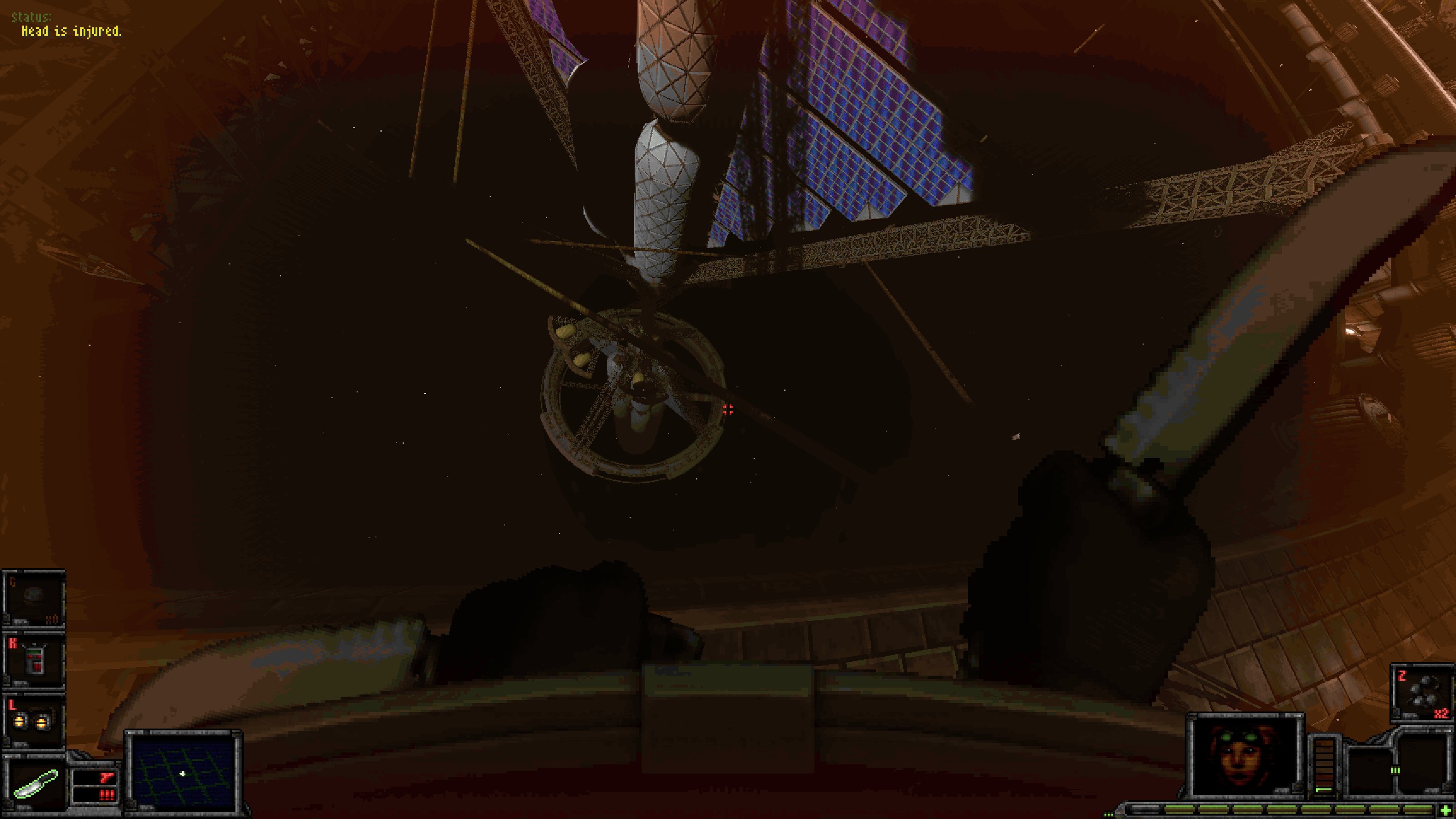
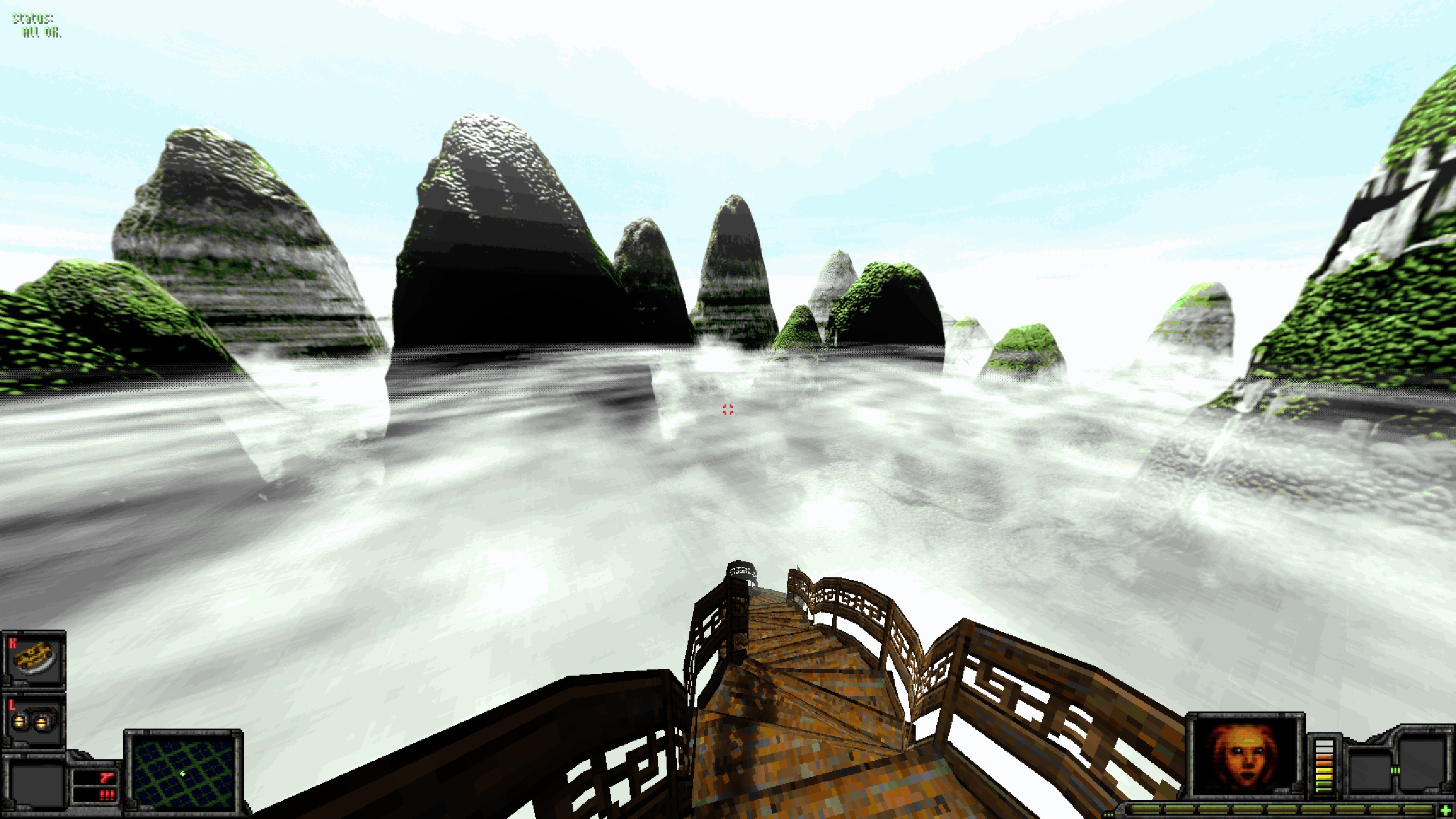
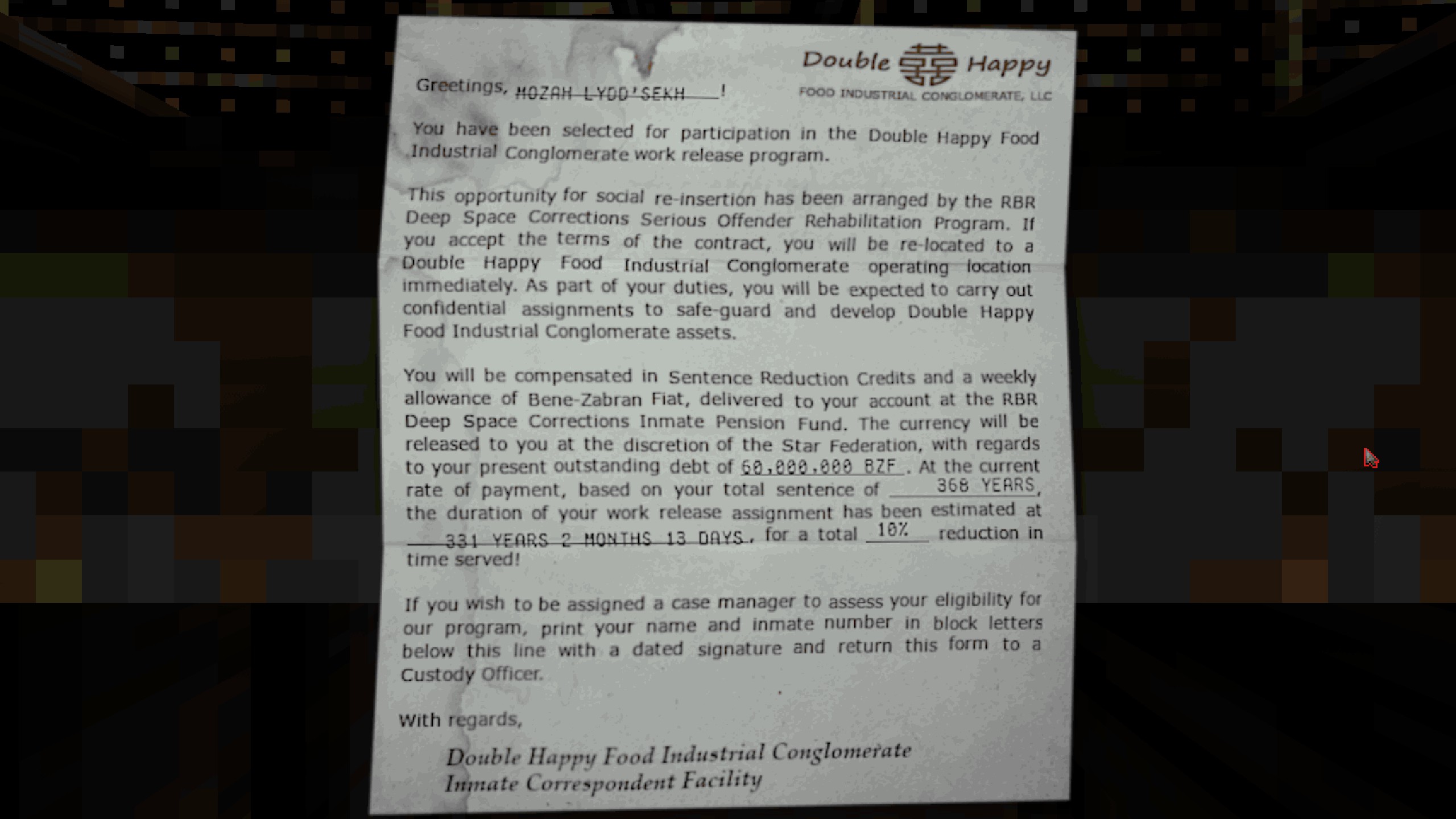
One proposed method for simulating gravity on deep space voyages or installations is by constructing them in a ring shape and using centrifugal force to press down on people on the inside of the spinning ring, replicating the effect of gravity. Mass Effect's Citadel and Halo's, well, Halos gesture at this idea in their design, but the Pinafore mission presents a structure like this with no smoke and mirrors.
You can see the whole thing spinning away whenever you look out the window, and can even pop onto the outside of the station for EVA excursions to get around certain obstacles. The plane of gravity always matches the edge of the space station ring, and I'm still wondering how Team Fortune managed that trick. The level is only broken up by loading between the two concentric rings of the station and the logically zero-g spoke section connecting them.
The mission-based structure it's started with strikes me as a rare great fit for an early access drip feed of new stuff.
Working through the inside of the rings, the Pinafore has that classico immersive sim sense of being a believable, livable space, with a mess hall, bathrooms, living quarters, notes hinting at religious tensions and workplace gripes between the guys you're choking out, and illegal hydroponic farms—is it still 4:20 in space? Nope, just some enterprising aliens trying to get around this particular sci-fi dystopia's stringent copyrights on staple crops. The fact that a 500-year-old sci-fi facility built into the inside of two giant bicycle wheels can feel "believable" is primal videogame magic to me.
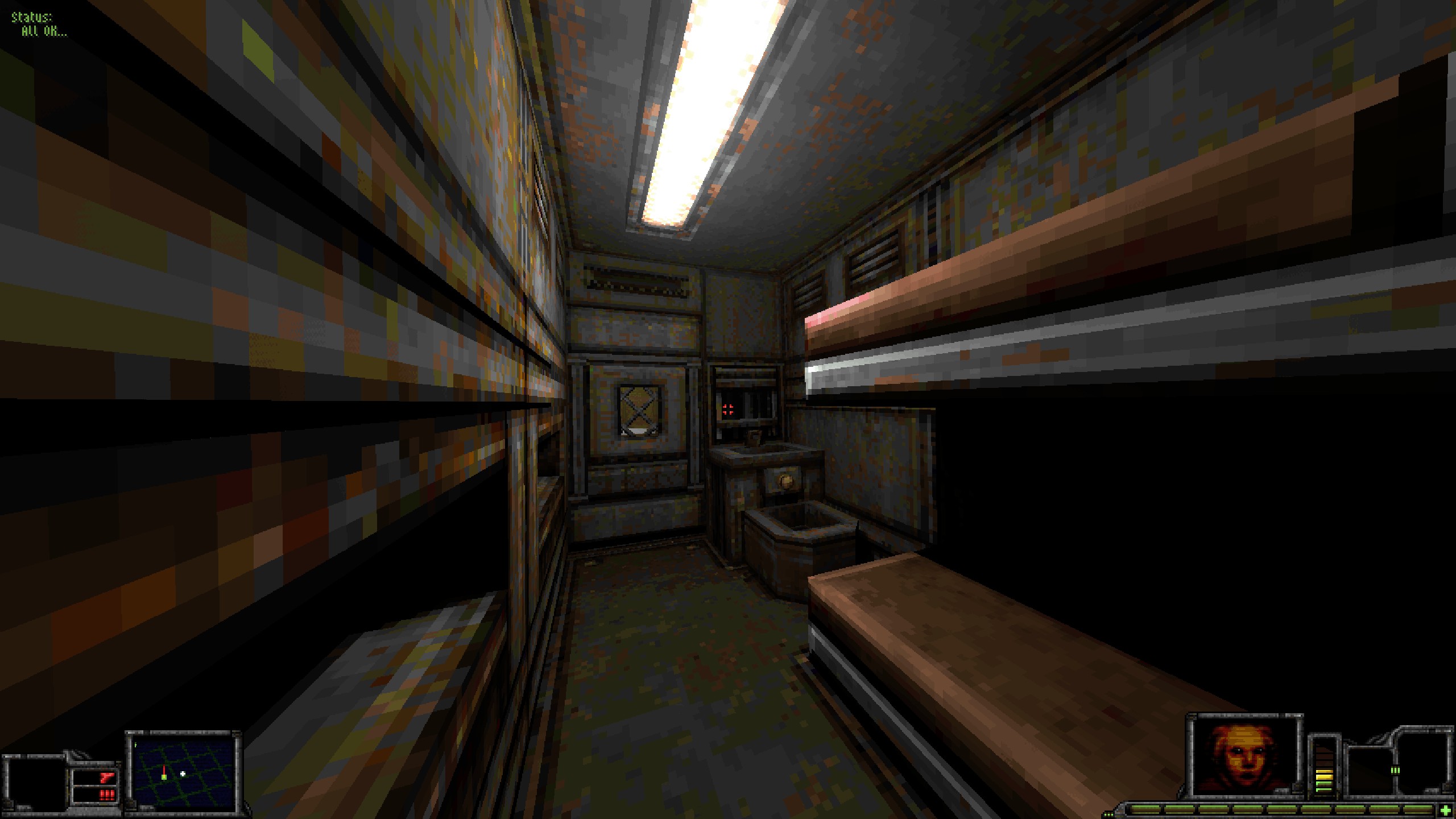
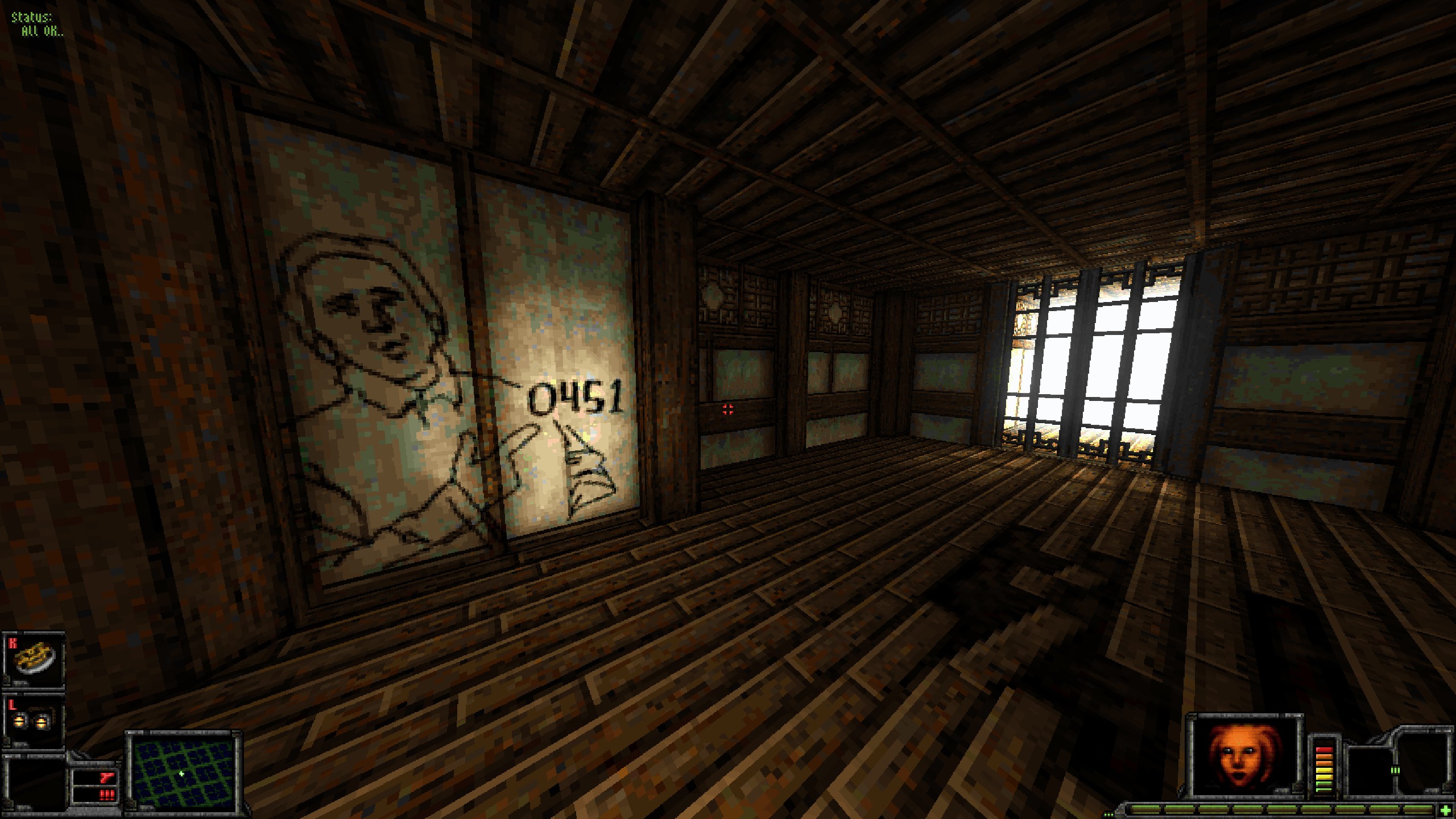
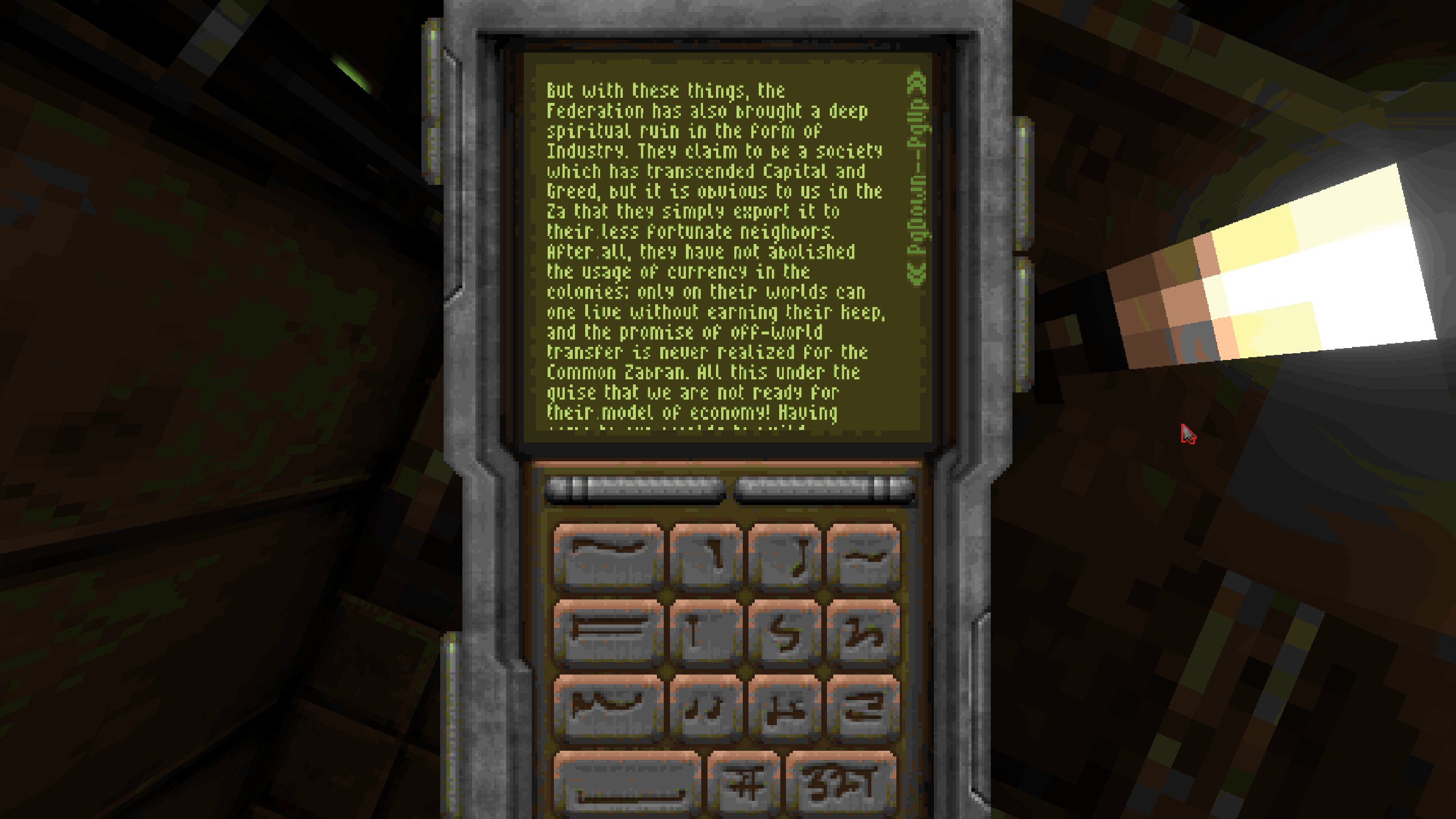
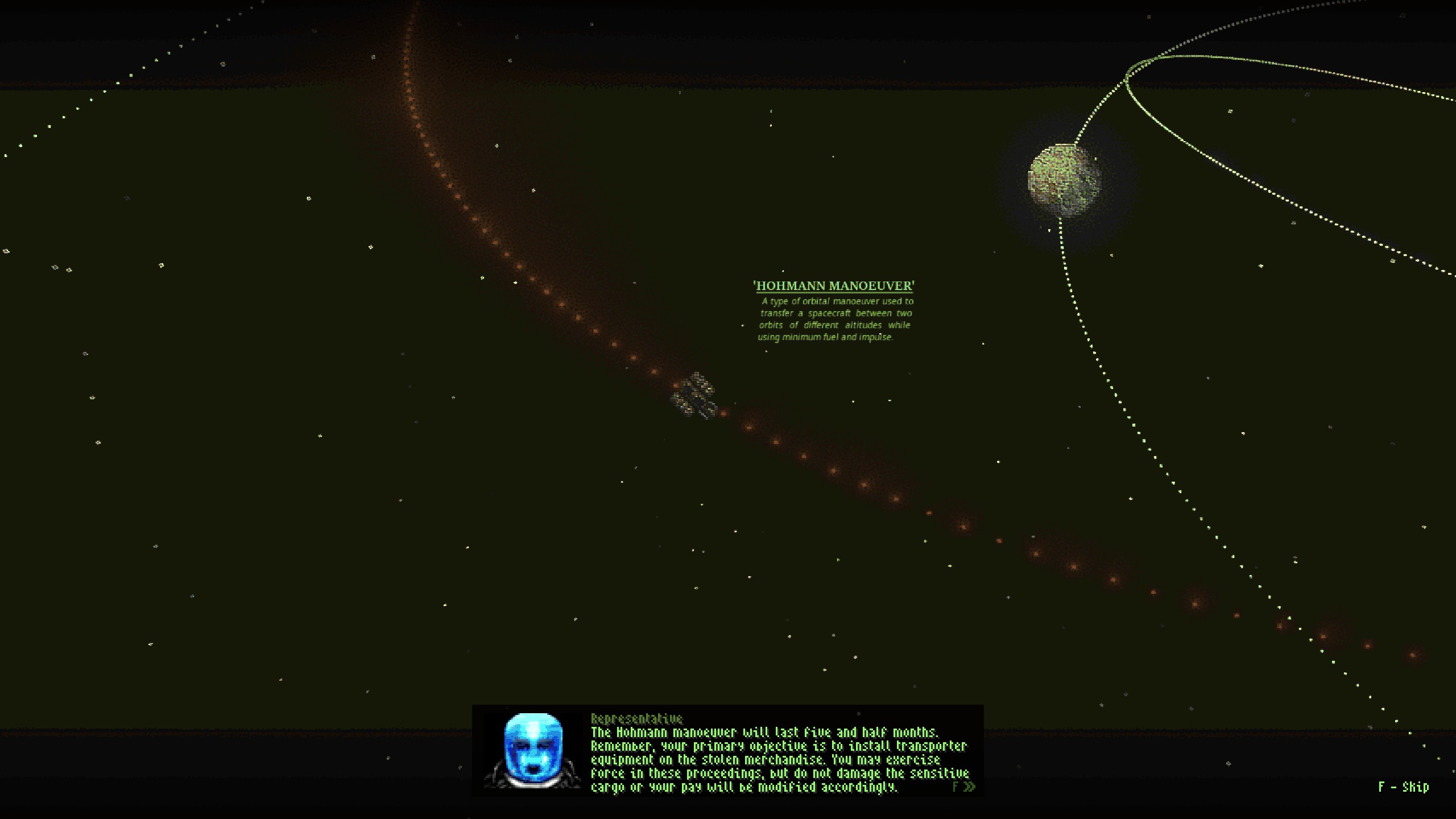
I spent about five hours picking my way through the Pinafore my first time, and I didn't even figure out the navigational puzzles to complete a morally ambiguous secondary objective to burn down those hydroponic farms on behalf of the "Double Happy Food Industrial Conglomerate." I found this level to be such a daring and audacious thing for two unsupported developers to even attempt, yet it's just executed flawlessly. That combination of creativity and polish feels like a genuinely meaningful iteration on classic immersive sim level design.
So, buy Fortune's Run. The mission-based structure it's started with strikes me as a rare great fit for an early access drip feed of new stuff—episodic, like what IO Interactive initially attempted with its Hitman reboot series, and I can't wait to see everything else this ambitious game has to offer.
Note: A prior version of this article described Team Fortune as consisting of three people. Team Fortune has two primary members with plans for occasional paid collaborators, but the EA build only features the work of the core team.
Ted has been thinking about PC games and bothering anyone who would listen with his thoughts on them ever since he booted up his sister's copy of Neverwinter Nights on the family computer. He is obsessed with all things CRPG and CRPG-adjacent, but has also covered esports, modding, and rare game collecting. When he's not playing or writing about games, you can find Ted lifting weights on his back porch.

